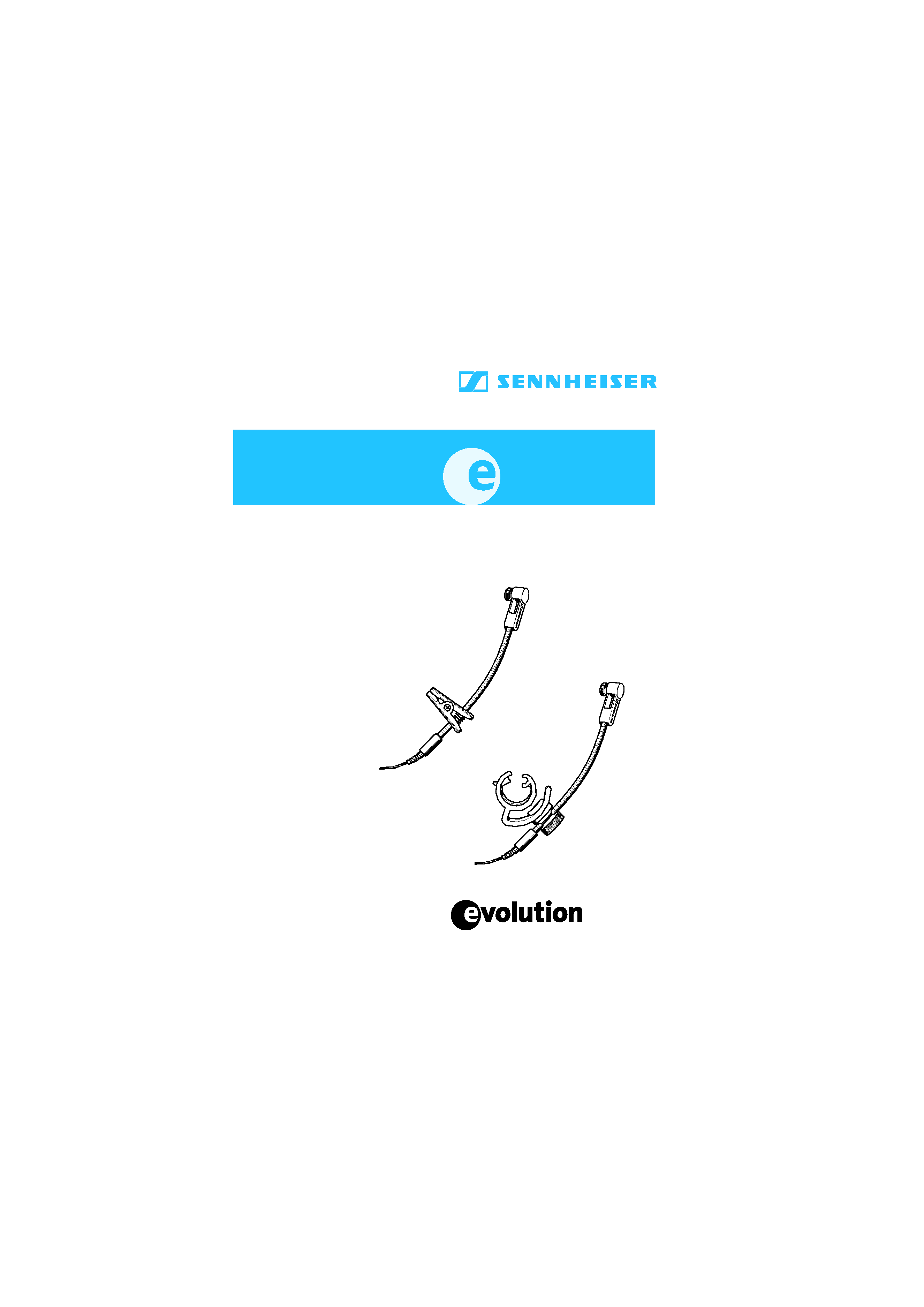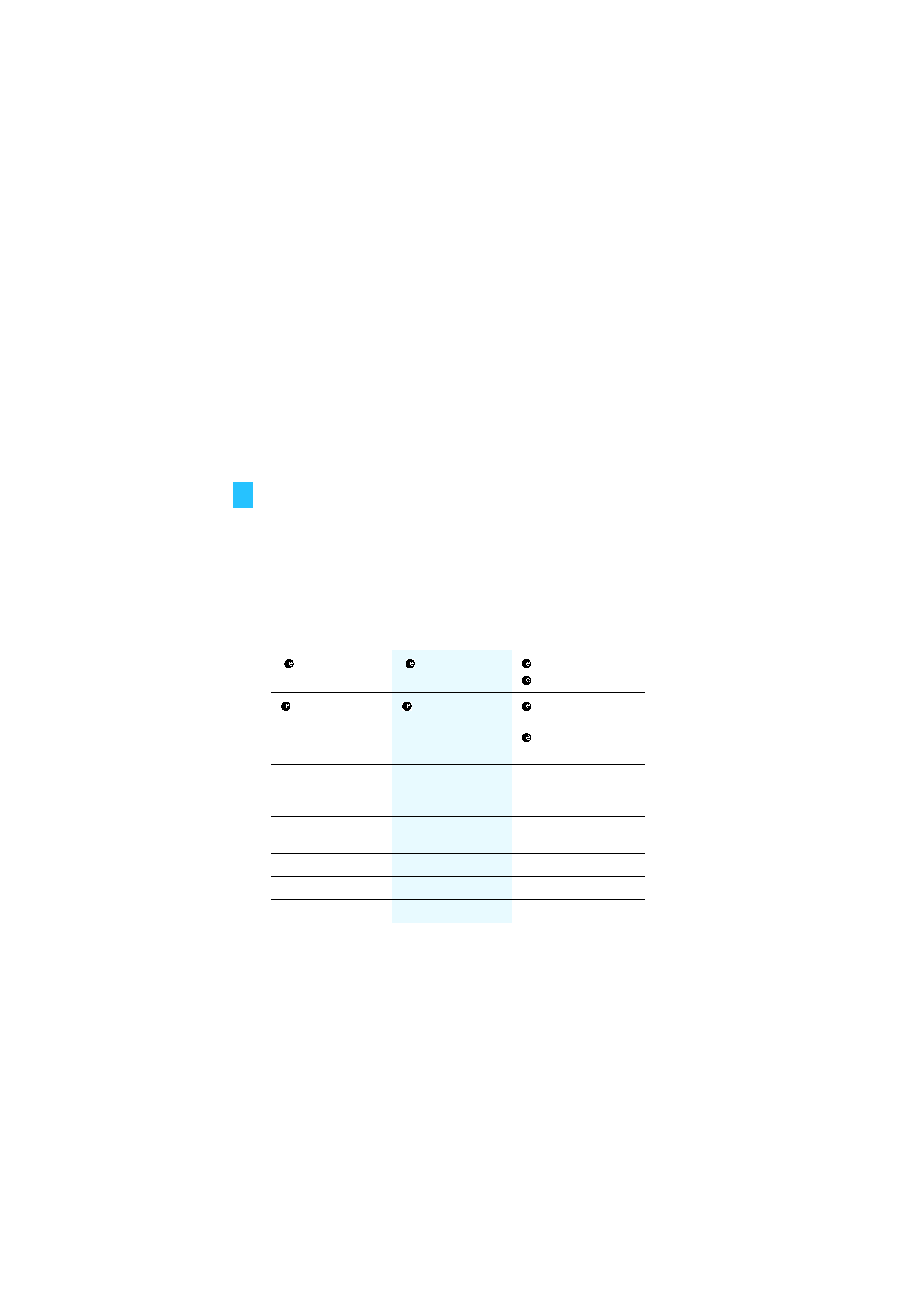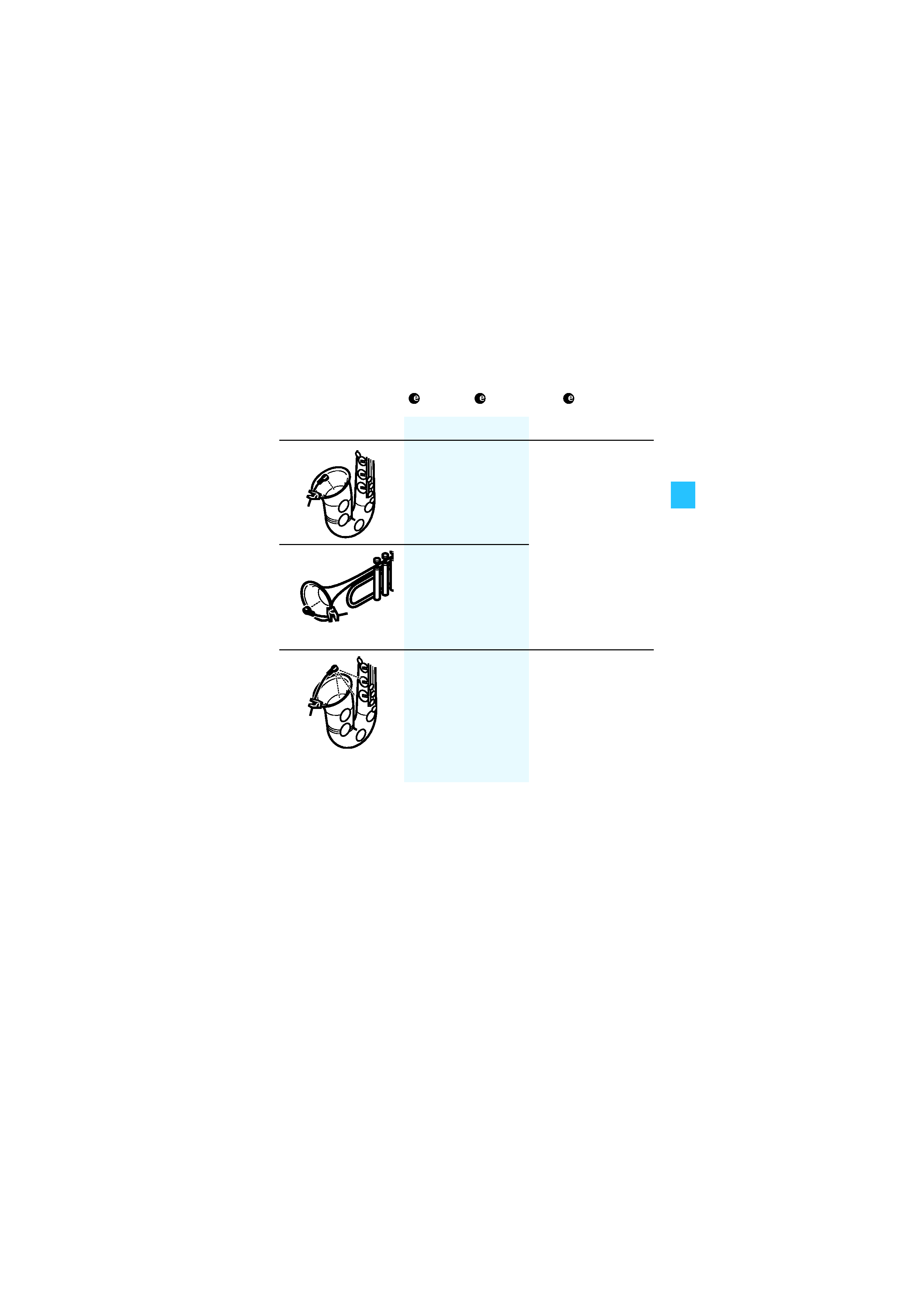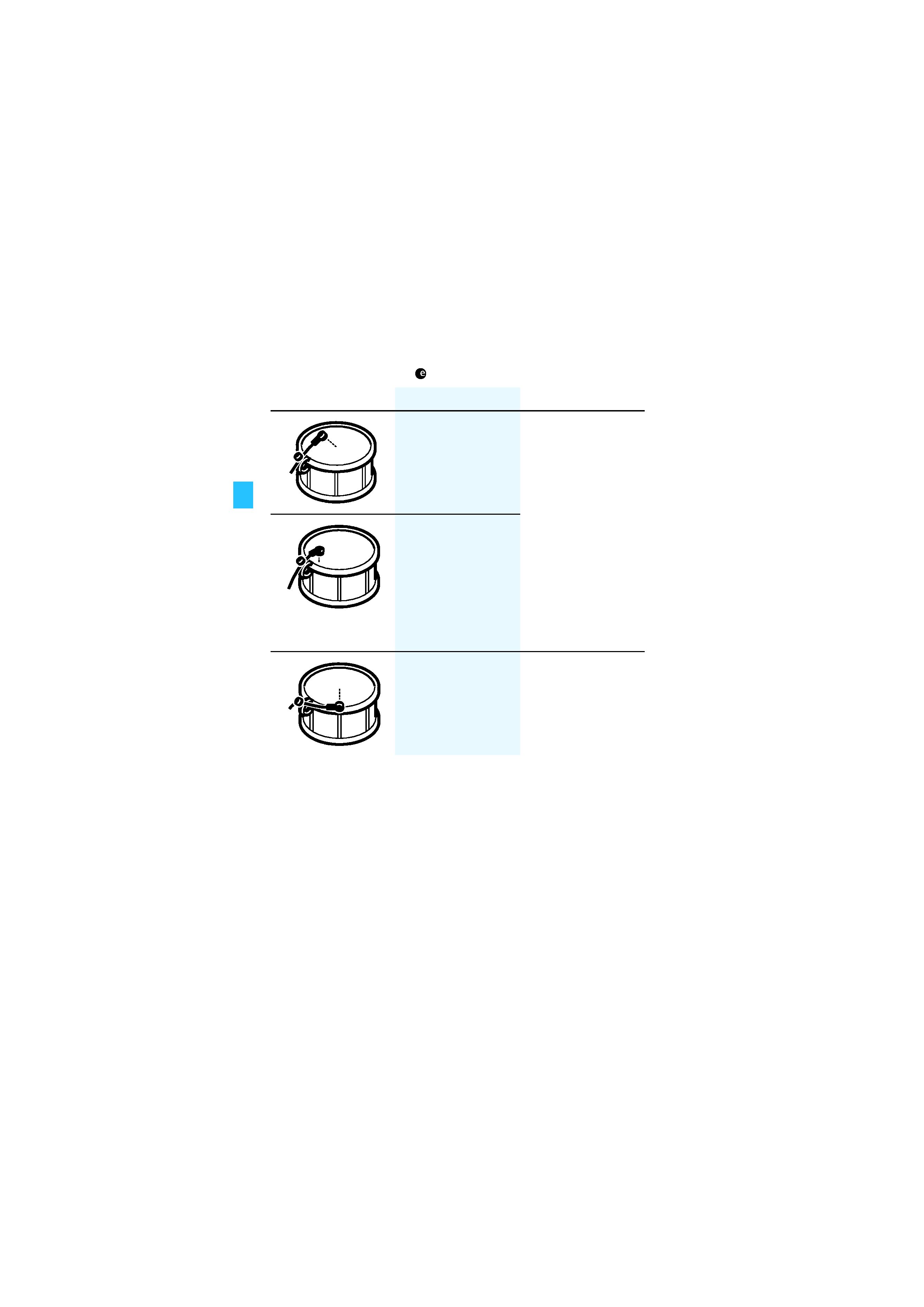
3
908 B /
908 D /
908 B ew /
908 T ew
These
microphones
are
professional
pre-polarised
condenser microphones. An extended dynamic range and
a well balanced frequency response
deliver an out-
standing signal quality with excellent projection and the
lowest possible distortion. An excellent directivity across
the whole frequency range enables the mics to handle the
highest signal levels without feedback.
The microphone
908 D has been developed especially
for drums and percussion. The
908 B is designed for
wired recording of wind instruments, but because of its
instrument clamp it is also paricularly suitable for drums
with suspension systems or congas. There are two special
types of microphones for use with ew bodypack
transmitters:
908 B ew for saxophone,
908 T ew für
trumpets, flugelhorns and trombones.
Due to their phantom powering capability, the mics are
especially suitable for use with professional mixing
consoles. Alternatively, they can be used with any
evolution bodypack transmitter for wireless applications.
Extensive damping and shock mounting isolates the
capsules from extraneous vibrations, impact and handling
noise.
The long, flexible goosenecks enable the mics to be
optimally positioned on the instrument.
e908_511912_0206_Sp6.book Seite 3 Freitag, 24. März 2006 2:56 14












